The Aframe Kangaroo Valley is a heavenly, rustic-inspired retreat; a remote cabin on 16 verdant acres just inland from the South Coast of NSW. It is the project of owners, Sophie Lord and Ben Gray, who have put so much thought and consideration into every detail of its design and build. For Sophie and Ben, Kangaroo Valley was an obvious choice, with its lush, rolling hills and comforting country-feel. We followed the project during its many phases, and after much anticipation, it’s finally ready and has been made available on Airbnb for stays.
We spoke to Sophie and Ben to learn more about their plans for the land, and how Aframe Kangaroo Valley came to be.
Images: Hayley Rafton
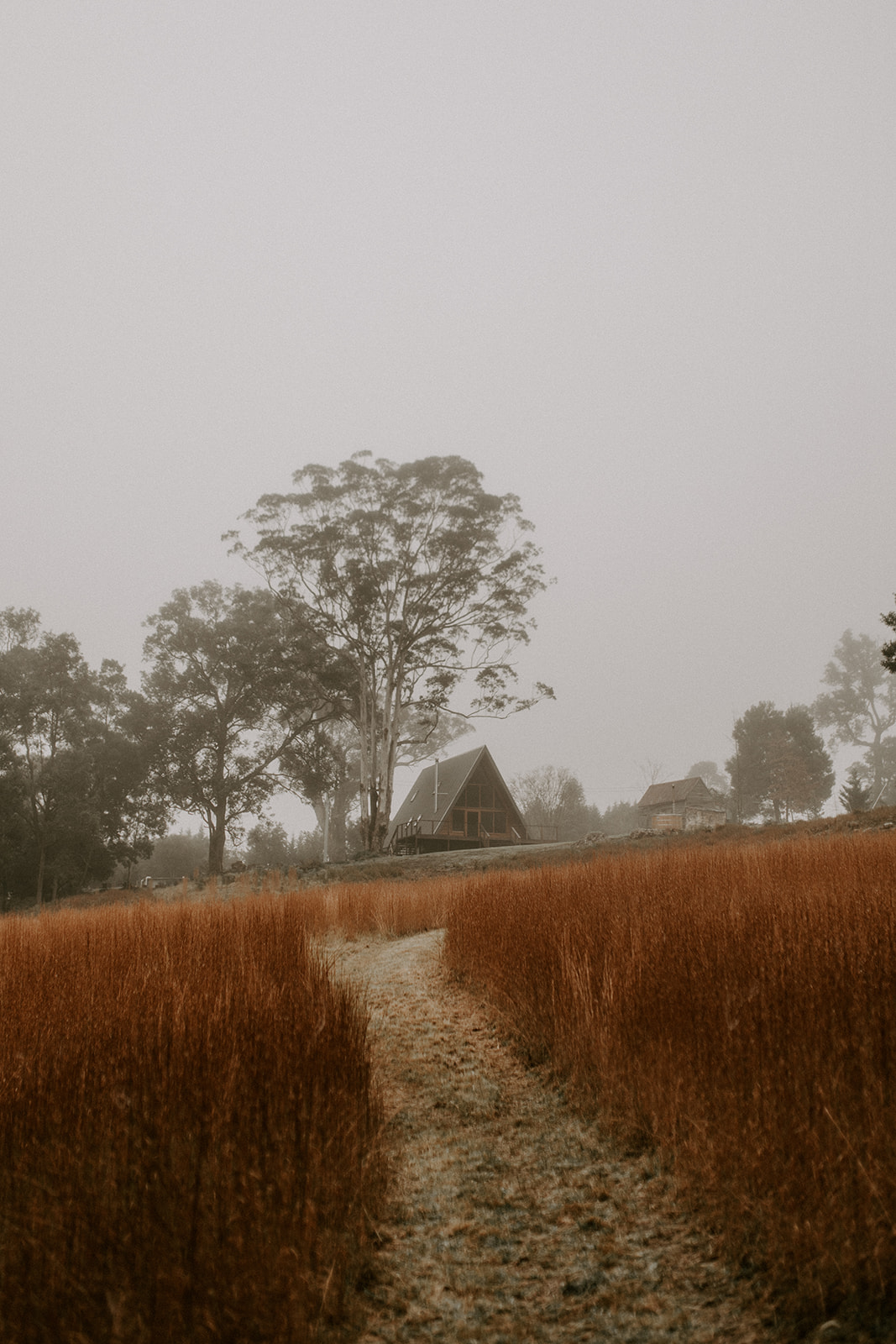
We followed along with your progress of bringing Aframe Kangaroo Valley to life; it was such a labour of love. What inspired you to undertake this project?
Thank you, it certainly was. Kangaroo Valley was always somewhere we retreated to for a few nights when work or life got overwhelming. It was less than two hours from Sydney but always felt so far away, so it became a real place of rest for us. In 2016, having been well and truly priced out of Sydney real estate, my partner Ben and I started casually monitoring the market for a small cottage to restore in Kangaroo Valley. We had no interest whatsoever in taking on large acreage.
Fast forward two years, during which time a few almost sales fell through, we found ourselves back in Kangaroo Valley one rainy Monday morning (deep into day two of a hangover from a friends engagement party the Saturday before) and only went to have a look at what is now our acreage out of abject curiosity. We’d seen it on the market for the last two years, and we wanted to see for ourselves why no one wanted it.
It was overcast and drizzly, and the land itself needed some serious love. Think 16 acres of thigh-high weeds, falling down sheds, rusty old tractor parts, 300 square metres of spreading bamboo and a whole host of other problems (like no septic system, power or water on site) and a series of power lines that cut right through the middle of our potential building envelope and view. Whilst any sane person would have run for the hills, and apparently, four buyers before us did just that, something about it just felt right, like it was always supposed to be ours.
We admire your dedication to sustainability, using recycled and local products in your build and styling. Can you tell us about the design process?
I’ve spent the better part of 15 years watching Ben create homes for his clients that will stand the test of time, as he lives and breathes the ethos that sustainability is only ever achieved through longevity. So, sourcing quality materials, fixtures and finishes that would last for generations to come was important to us from the get-go.
Re-milled telegraph poles (that lived a former life lining a suburban Sydney street) form the 14 giant 7m tall A’s that are the heart and soul of our home. Then, there are the 150-year-old terracotta roof shingles that were reimagined into bathroom floor tiles and over 10,000 lineal metres of Australian-grown (highly regenerative) Spotted Gum that line the floors, walls and ceiling of our little triangle. Recycled timber was also used in our decking, interior mezzanine and railing. Finding alternative uses for the building materials we already have in existence, rather than manufacturing something new, has been the highlight of this project for us.
When it came to fixtures and finishes, the more research we did and the more questions we asked, the more we realised what a social responsibility we had as consumers to make the ethical choice. So often, sustainability is focussed (and rightfully so) on reducing single-use plastics or a reliance on fast fashion and not where your tapware, light switches or pendant lights are from. Now I won’t buy a single thing online without taking the time to email the company and ask questions about what a product is made from, where it was made and who made it before clicking that add-to-cart button. Our raw brass tapware was made by a family-owned company in Adelaide, our glass pendants were made by a glassblower in regional Victoria, I even made sure our mattresses were manufactured locally. Of course, you can’t make the most sustainable decision all of the time, but I think we can all agree most or some of the time is better than nothing.
The Aframe is nestled in such a stunning part of the world. How did the natural landscape impact your vision for the property?
We had no desire to be those people who paved over paradise or built a giant mansion that would be a stain on the landscape. The Aframe is less than half the size of the average Australian home, but for us, bigger was never going to be better. By building small, we were able to focus on tucking the Aframe snuggly under existing Grey Gums and Angophoras and using quality materials. We chose colours that were darker than the surrounding environment, so the timber structure and woodland grey colorbond roof blend seamlessly into the landscape, and the 7m high floor to ceiling glass windows at the Northern end of the Aframe act like a mirror, reflecting the bush and escarpment views back out into the universe.
A smaller space also meant less ‘stuff’ which was an endlessly appealing concept for us. There is nothing decorative in the Aframe – everything has a purpose or function.
If you had to describe the experience of staying at Aframe Kangaroo Valley, which three words would you use?
Restful, restorative and relaxing. It’s hard not to feel all of those feels after a soak in our woodfired hot tub. There’s nothing instantaneous about it, it takes about three hours to light and maintain the fire to heat the water for a 60-minute soak, but that’s the whole point of this little retreat of ours; you’ve got time on your hands to slow down and enjoy the process.
What drew you to the Pampa pieces you have chosen for your space?
As far as the styling and furnishings go, as small business owners ourselves, we’ve always been drawn to other locally owned small businesses that use organic or sustainable materials. I’m pretty sure our Pampa rug and Pop & Scott couch were picked out before we even started designing our little cabin. I love that Pampa’s rugs use natural materials and dyes and are handmade by women. You can tell they were made with love and those are exactly the kind of pieces we strive to fill our home with.
For a first-time visitor, what would an ideal 24 hours in Kangaroo Valley look like?
We imagine guests would wake up in the loft bedroom, snuggled under fresh white linen sheets (in spring/summer) or a warm doona and woollen blanket (in autumn/winter) to the sound of the kookaburras laughing up a storm in the old Mountain Grey Gum out the back. You’d slowly make your way downstairs to make a coffee or tea. If it’s chilly outside, you’ll throw another log on the fire and sit and watch the fog lift slowly off the valley floor. In the warmer months, you’d spend the morning soaking up the Northern light in the living room, taking in the views of the escarpment or reading a book, and generally just taking things slowly as you shower or bathe in the 130-year-old clawfoot tub and change for the day.
Once out the door, you’d drive 10 minutes into the township of Kangaroo Valley, over the historic Hampden Bridge that spans the famous Kangaroo River, for such a late breakfast, it’s basically lunch. You’ll order scrambled eggs and bacon (made with local ingredients) from The General Cafe and grab some of their famous Sourdough bread on your way out. You’d take a stroll around town and have a peek in all the shops before stopping in at Hampden Deli & Dining School for one of their famous grazing packs, another coffee and all the cheese you can carry before heading home and popping it in the fridge. Depending on the time of year, you’ll have three to seven hours to kill before the sun sets. You might decide to explore the surrounding towns of Robertson or Berry or you might like to hike Three Views Walk or Fitzroy Falls (all no more than 20 minutes away by car). A canoe trip down the Kangaroo River might be on the cards or you might just want to head back to the Aframe and be car-free for the afternoon – a swim in your very own private creek or a walk up Bunkers Hill.
Whatever you do, you want to be done at least an hour before the sun goes down so you have time to prepare your cheeseboard, pour yourself a glass of wine and take up residence on the northern deck to watch the sun dip down over the escarpment. If it’s chilly out you might be taking in that same view from the woodfired hot tub or by the outdoor fire ring as the day fades into night.
Once night falls you’ll either stay outside by the fire and marvel at just how clear The Milky Way is away from the city or head inside, make a simple meal and spend the evening playing backgammon and enjoying a good red wine (by the fire if it’s cold) before slipping back into bed and doing it all again tomorrow.
What’s next?
Oh gosh, so much! We built into the side of the hill, so over Christmas we’ll be building a level outdoor area and installing a Parrilla BBQ so guests can cook over hot coals and enjoy dinner under the stars.
After that, we’ve got a shed to build, a 100+-year-old cottage to restore (that sits right next to the Aframe and is an original one-room worker’s cottage). We’re also working on designs for an off-grid stay on wheels in the far back corner of our 16 acres. That’s the problem (or perhaps benefit) of having an architect for a boyfriend, there’s always a few irons in the fire.
SHOP THE LOOK
1/ Fidelia Rug 2/ Puna Floor Cushion 3/ Classica Runner 4/ Puna Cushion 5/ Kangaroo #7 Print 6/ Terra Incense Holder
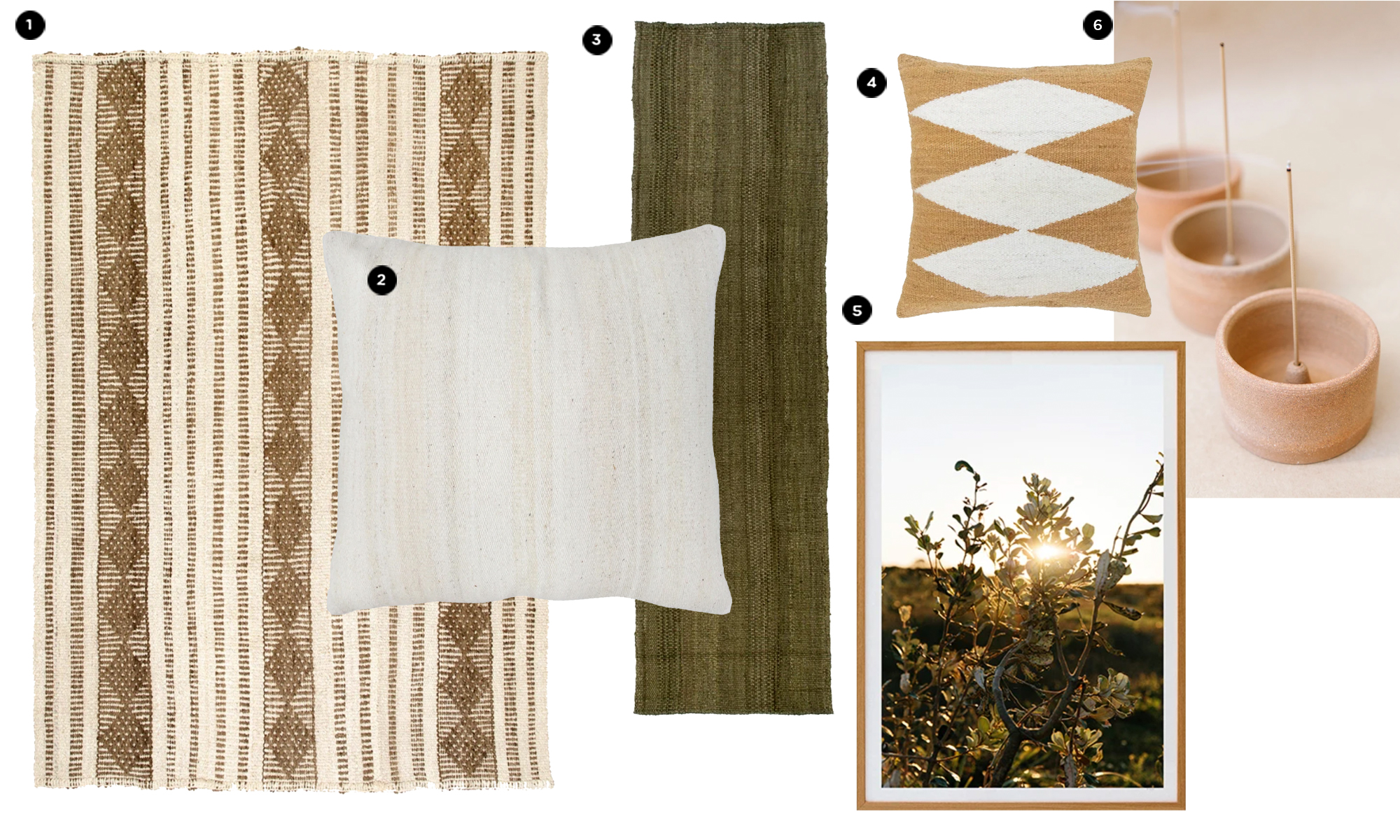
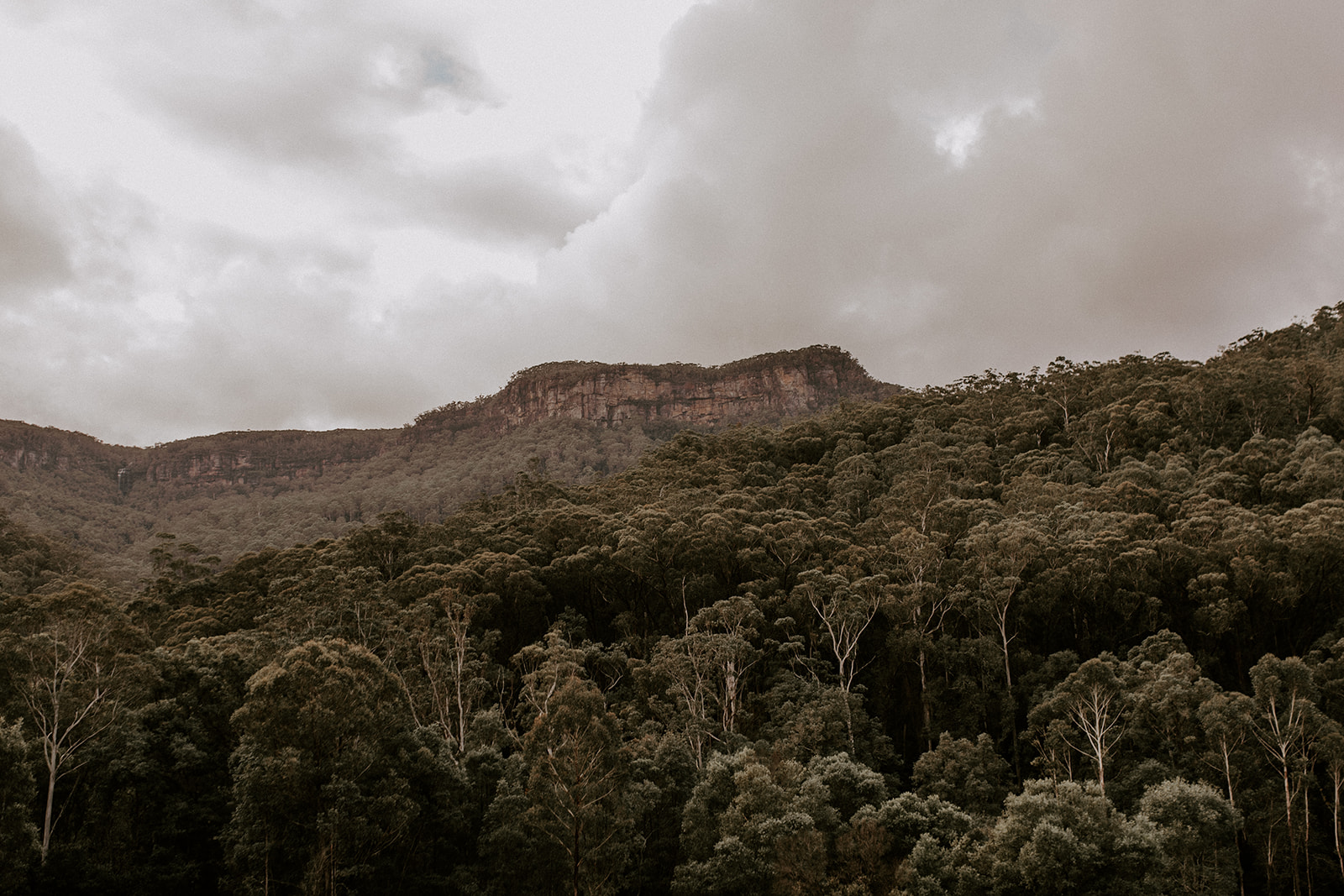
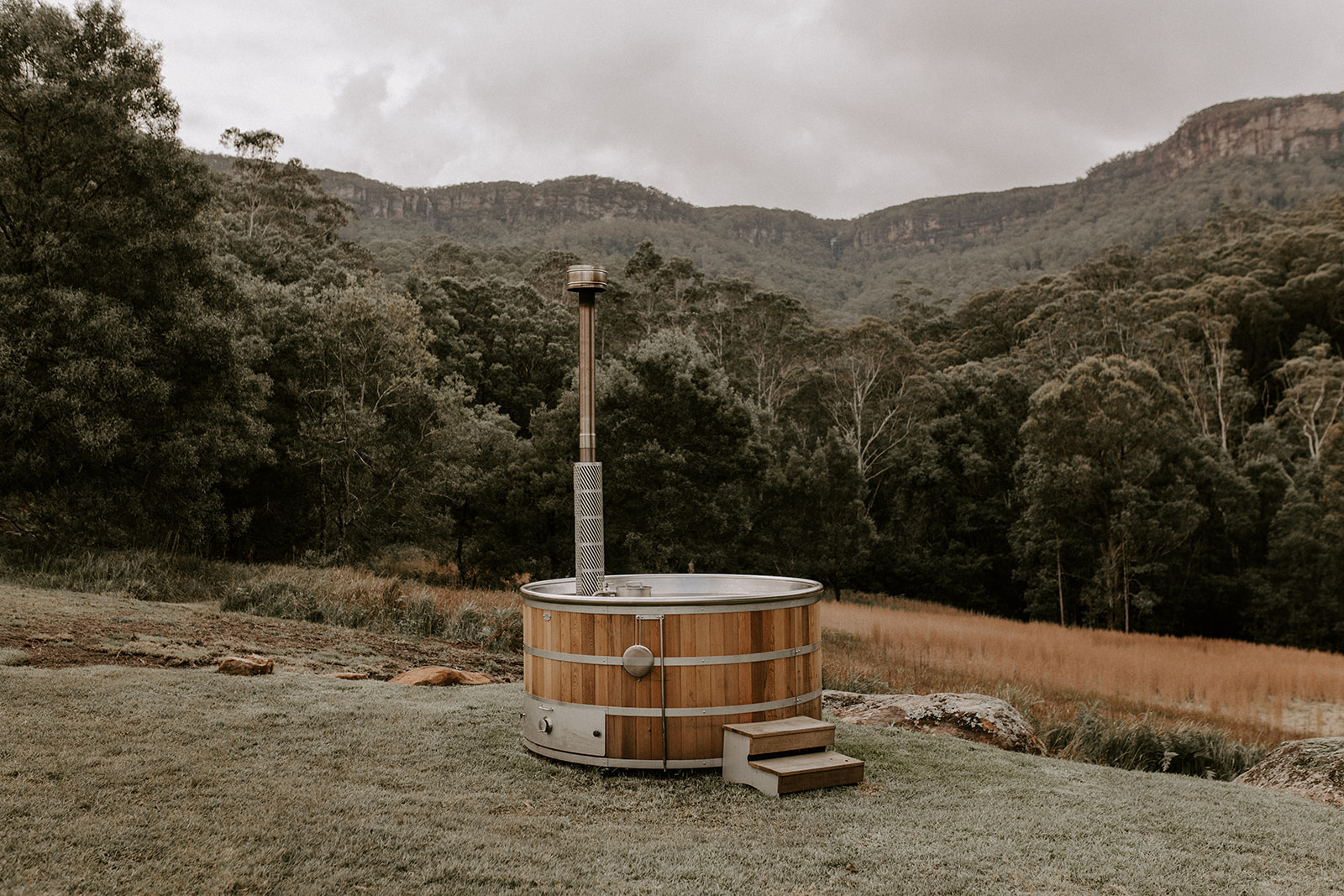
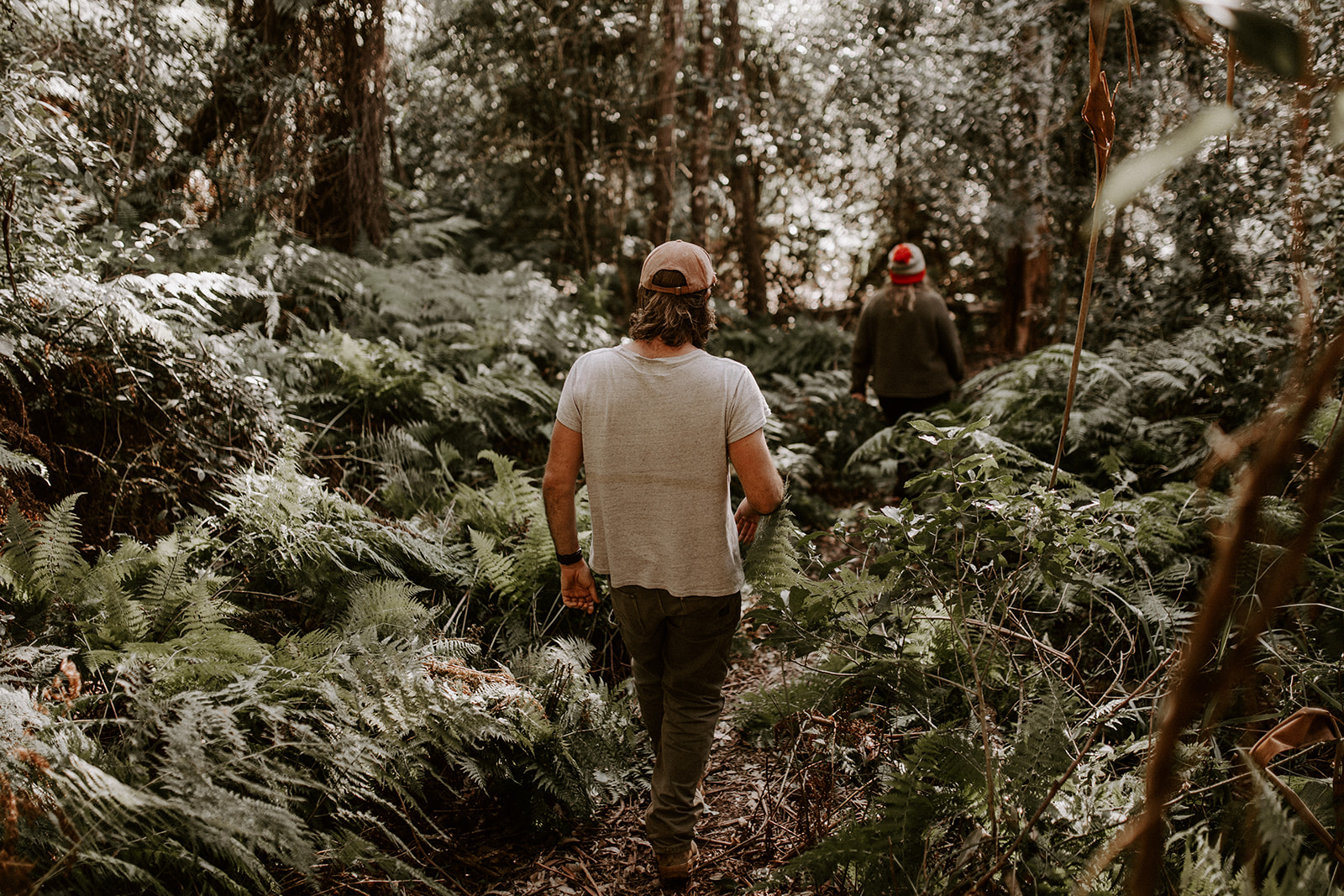
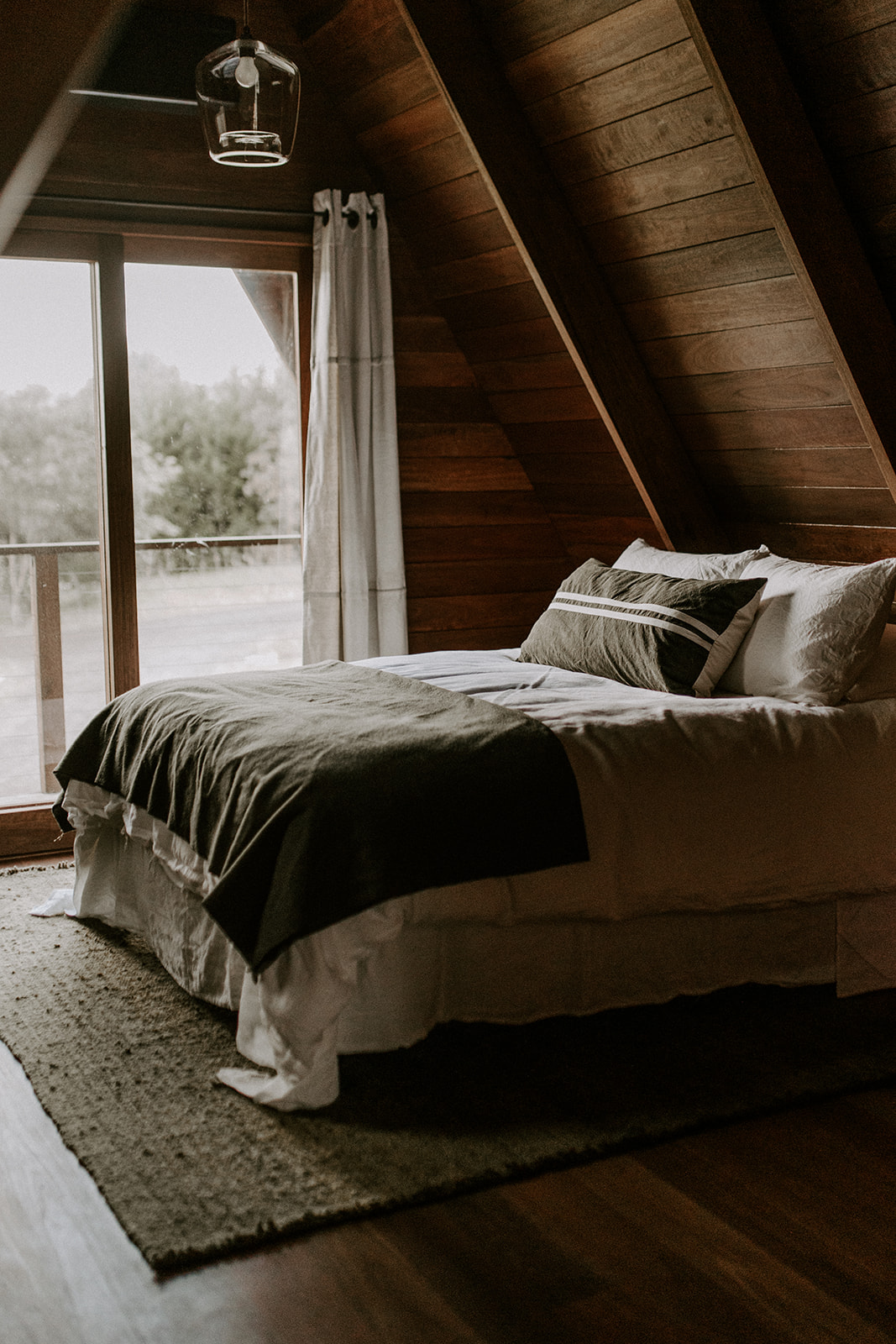
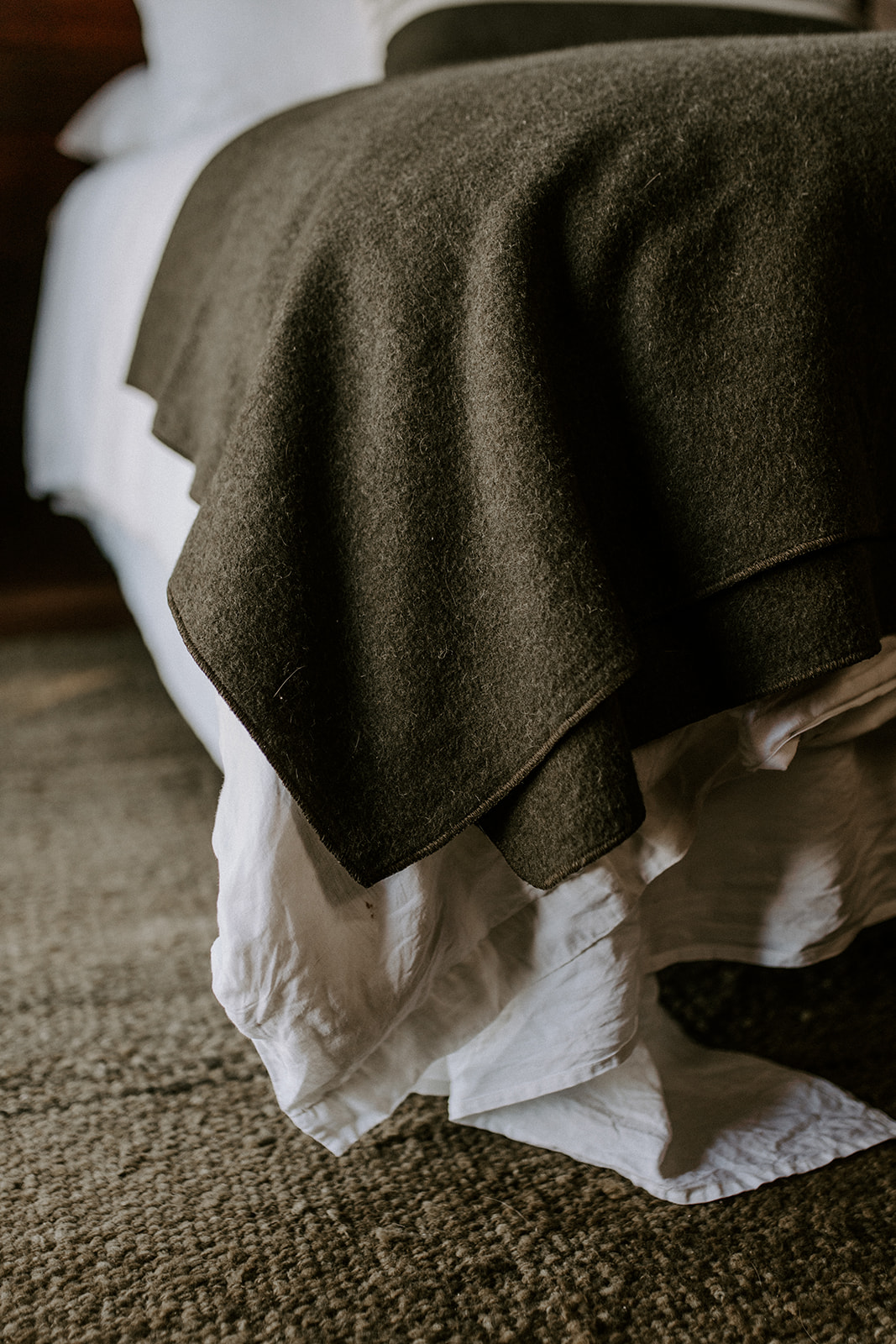
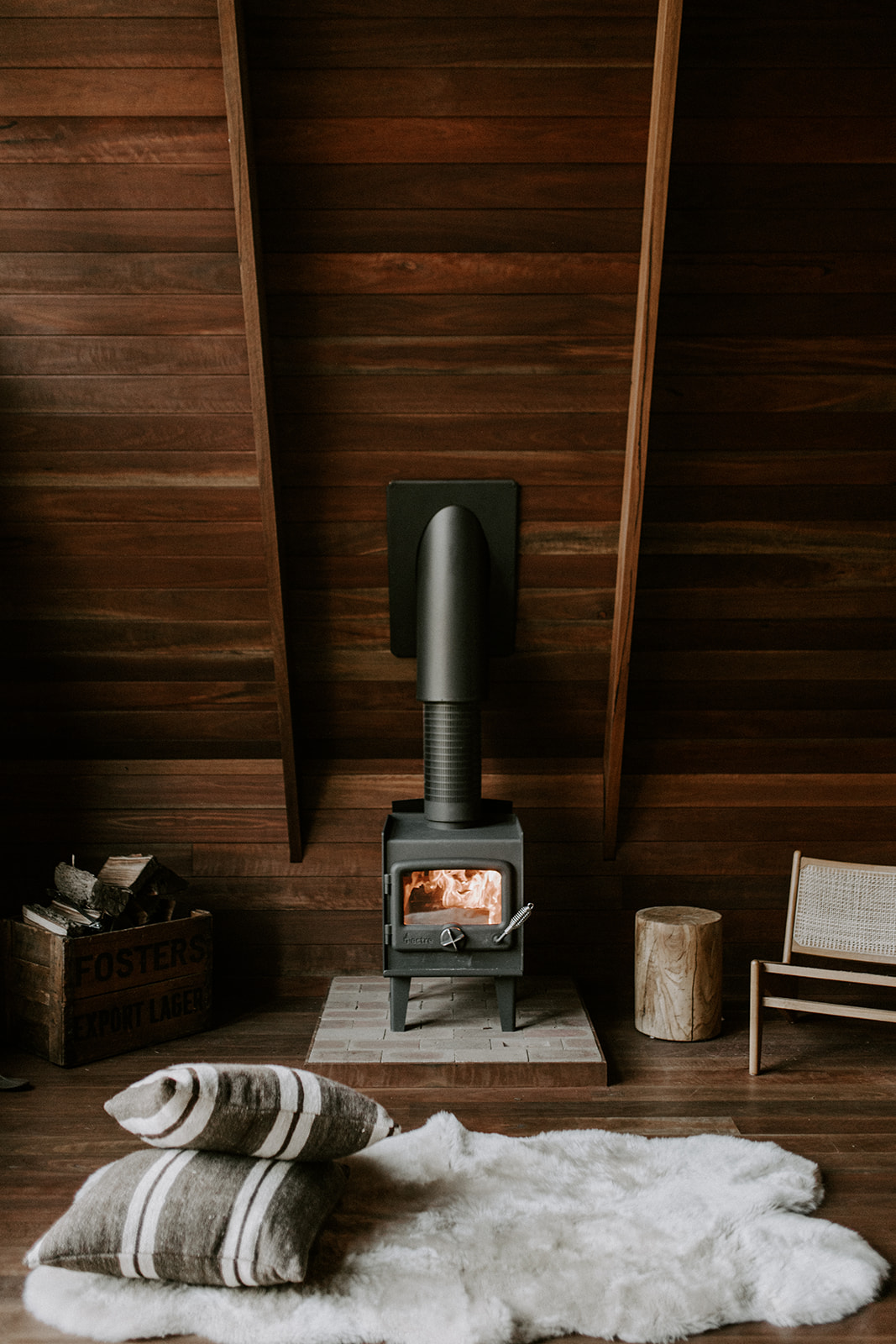

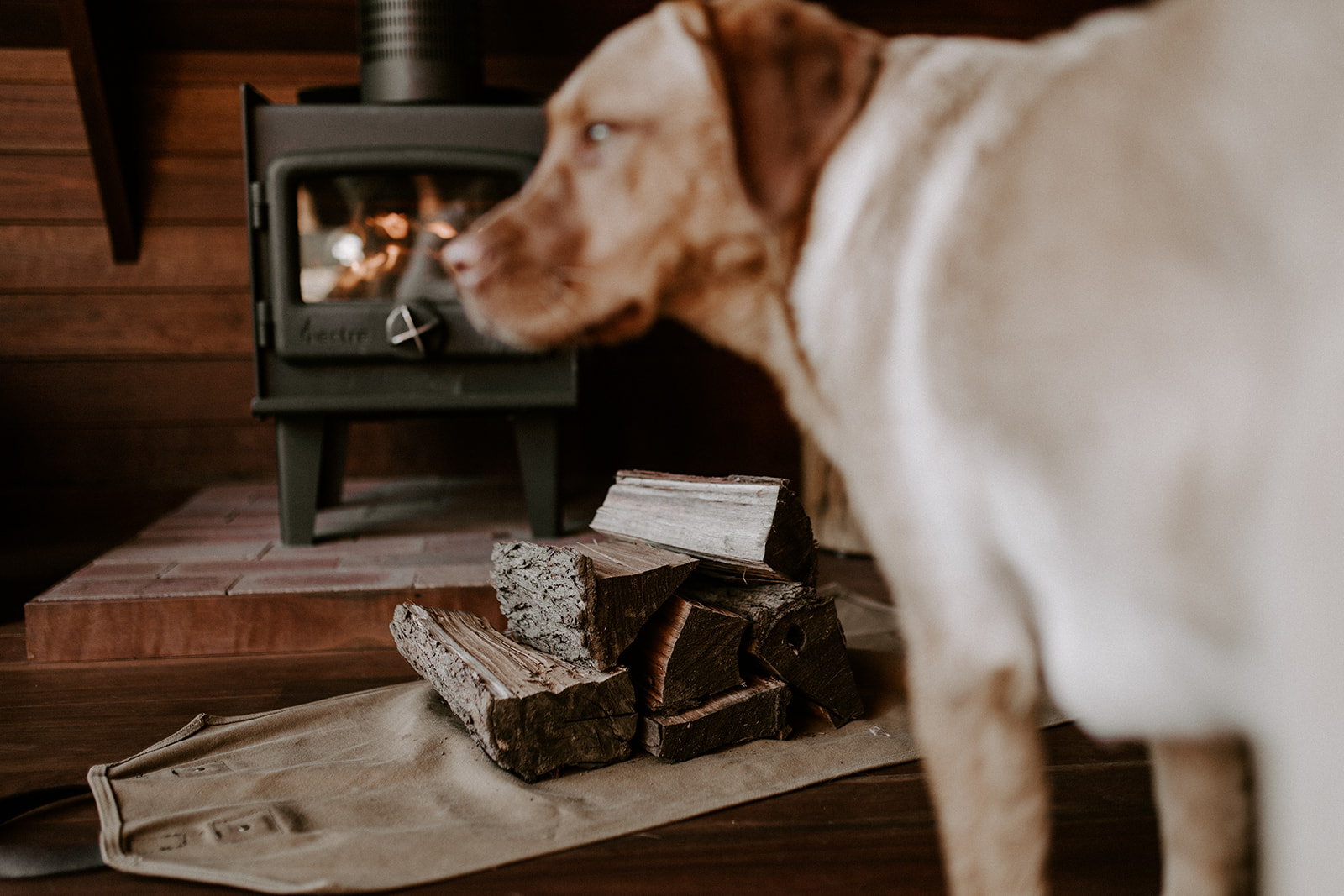
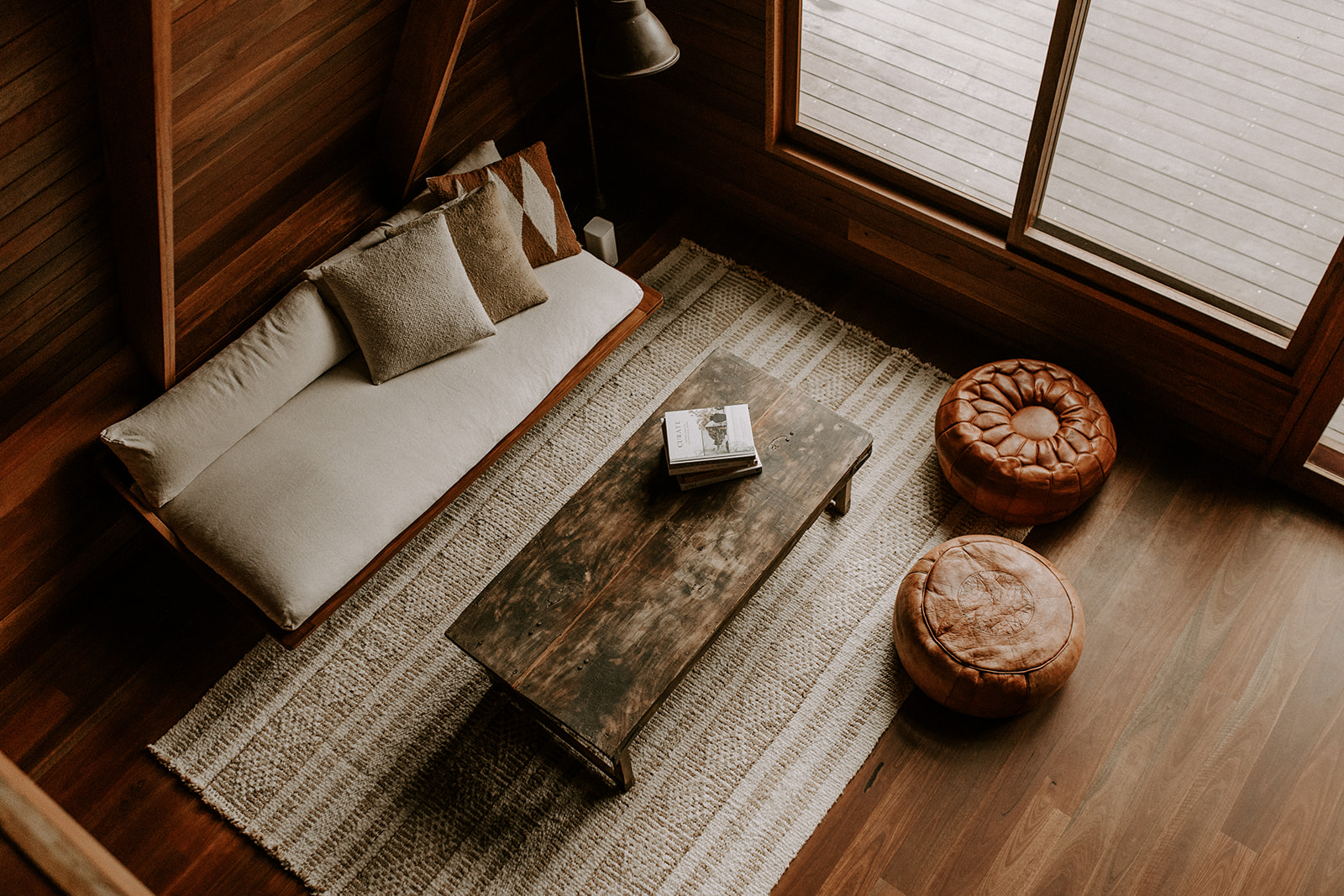
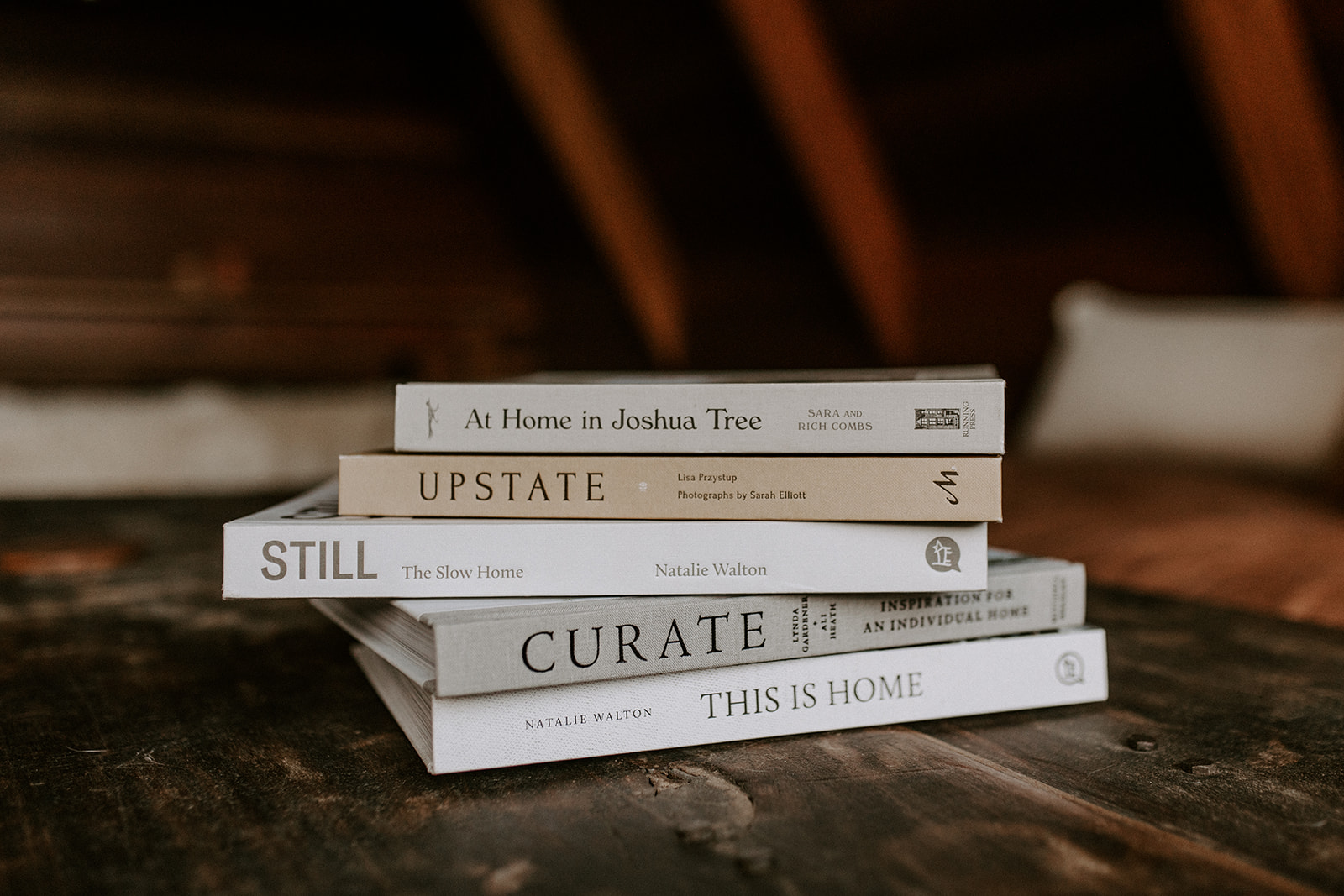
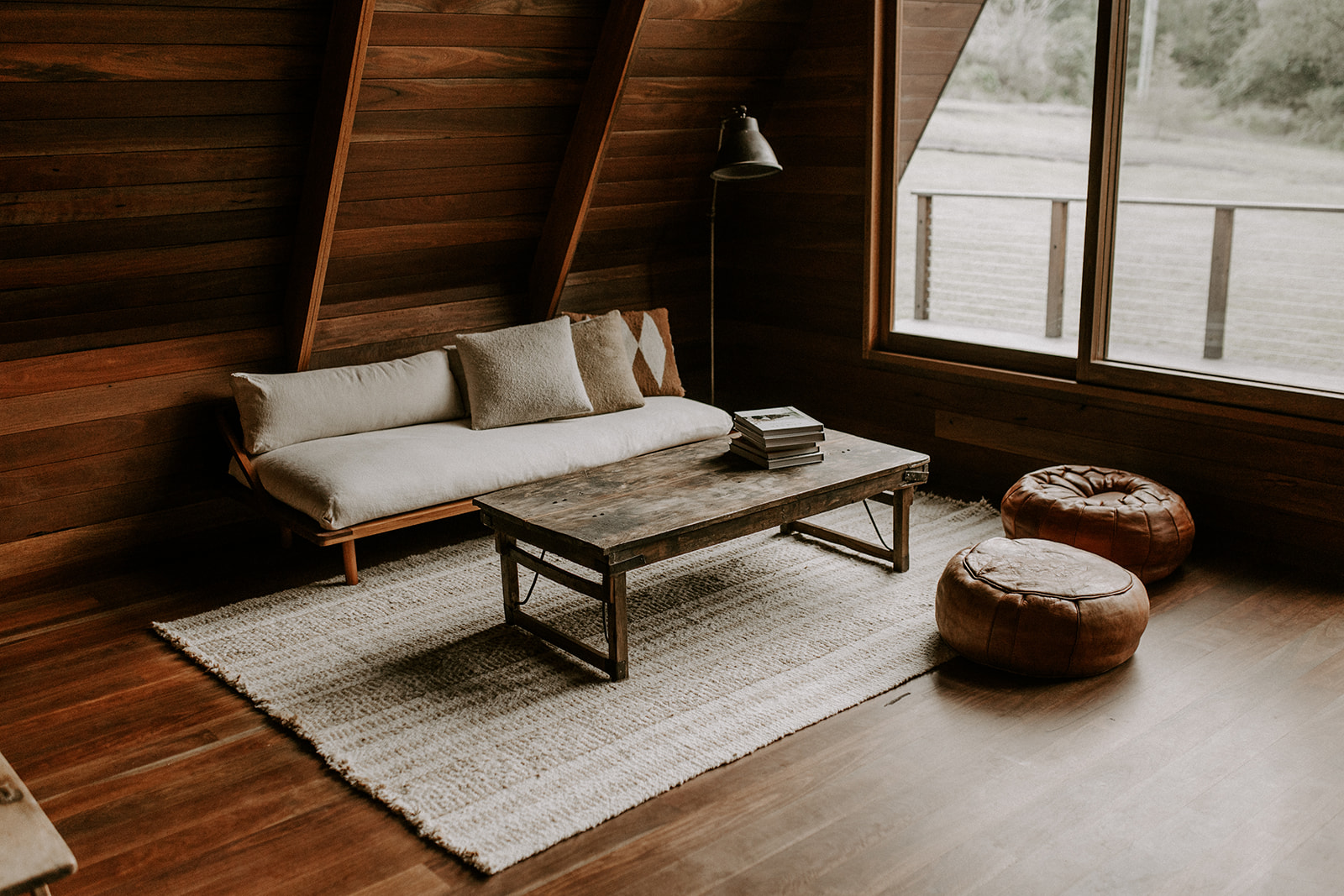
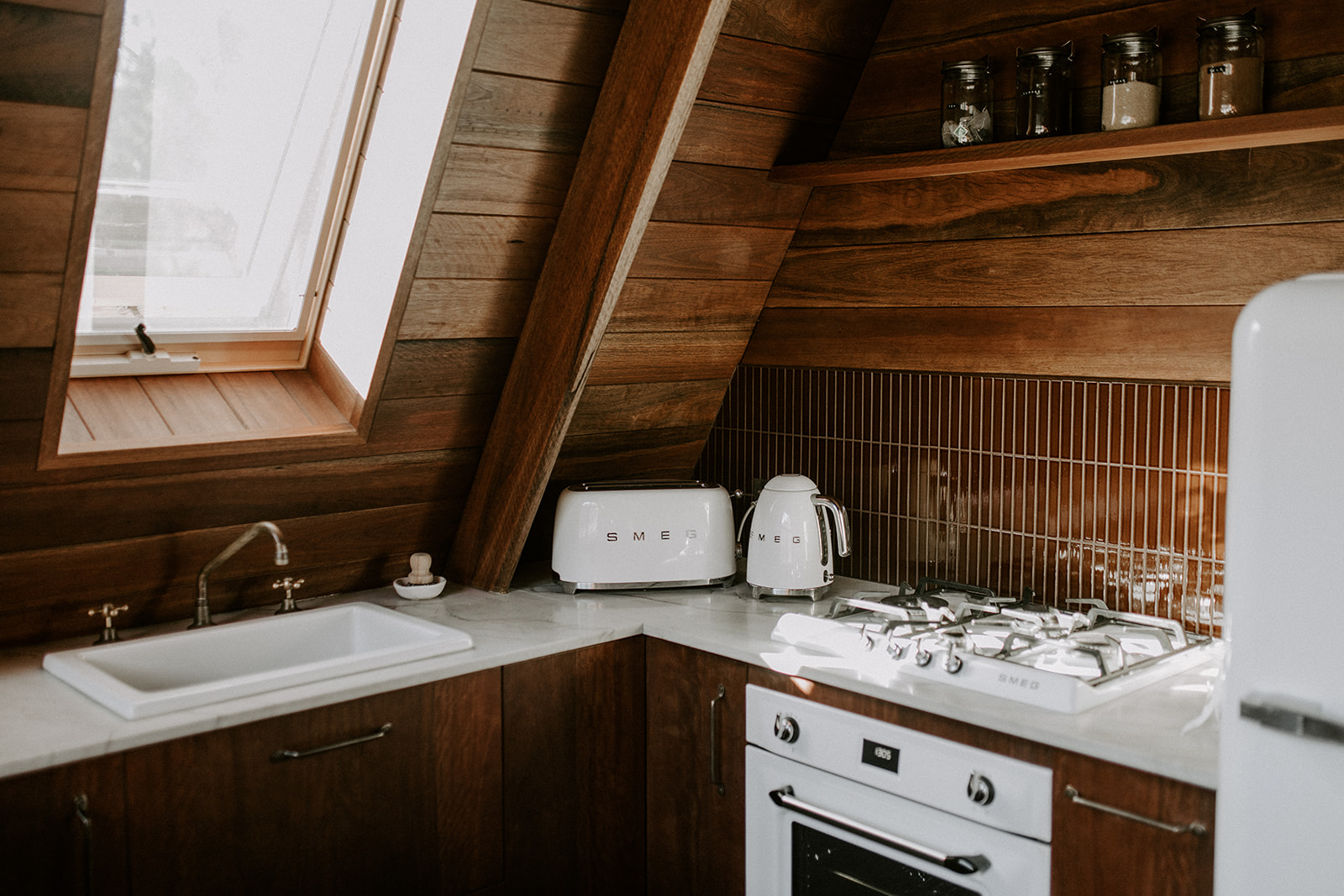
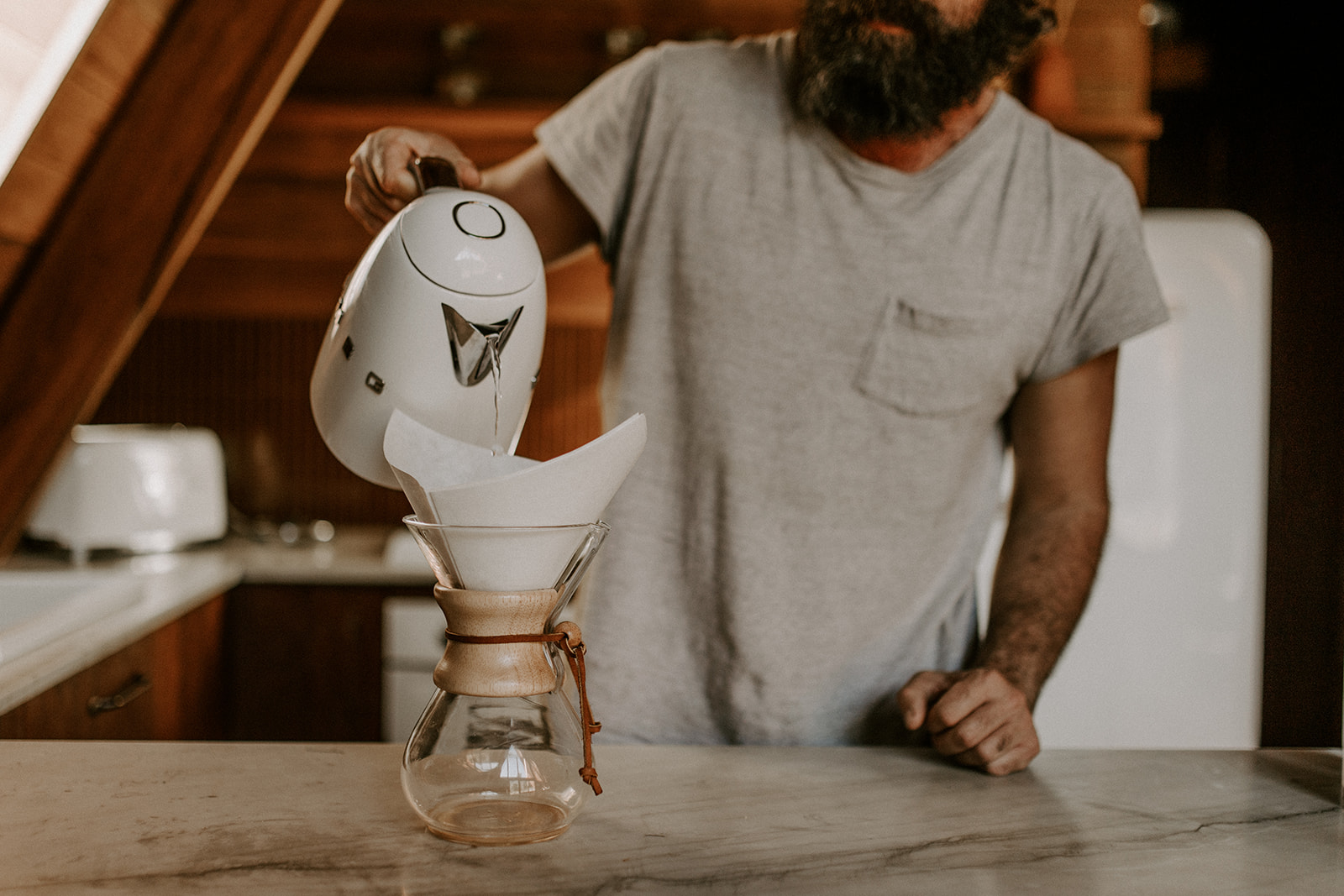
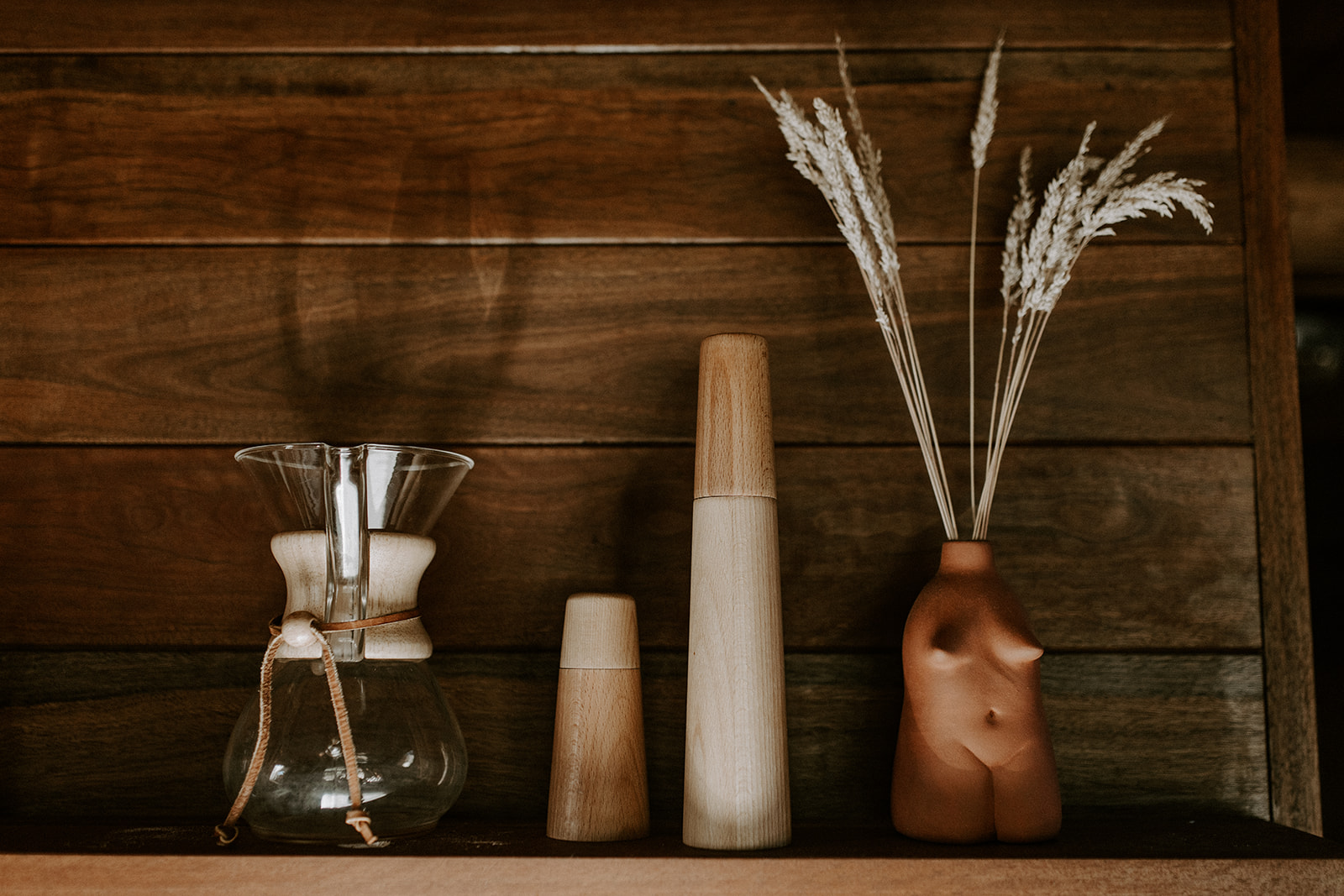
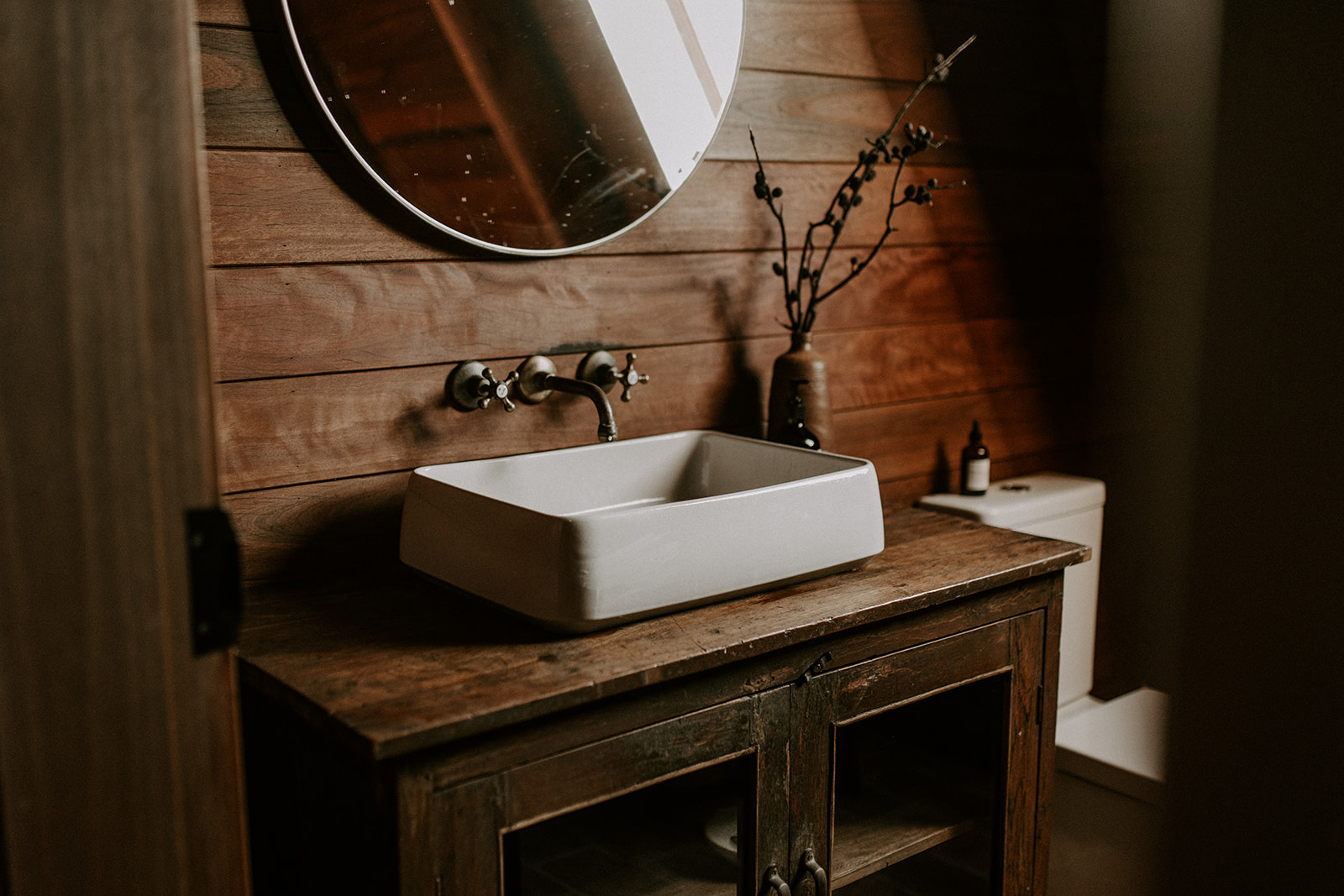
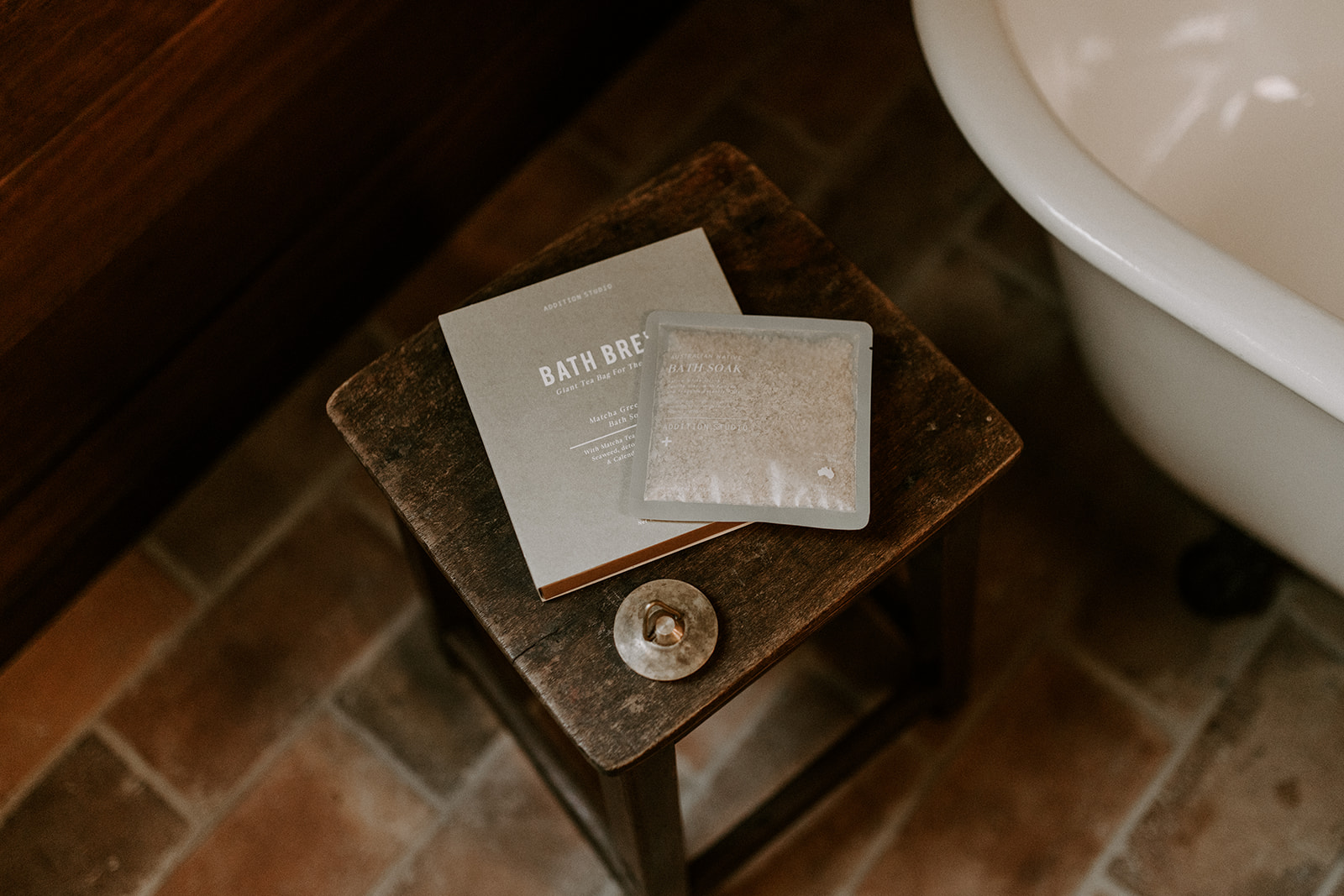
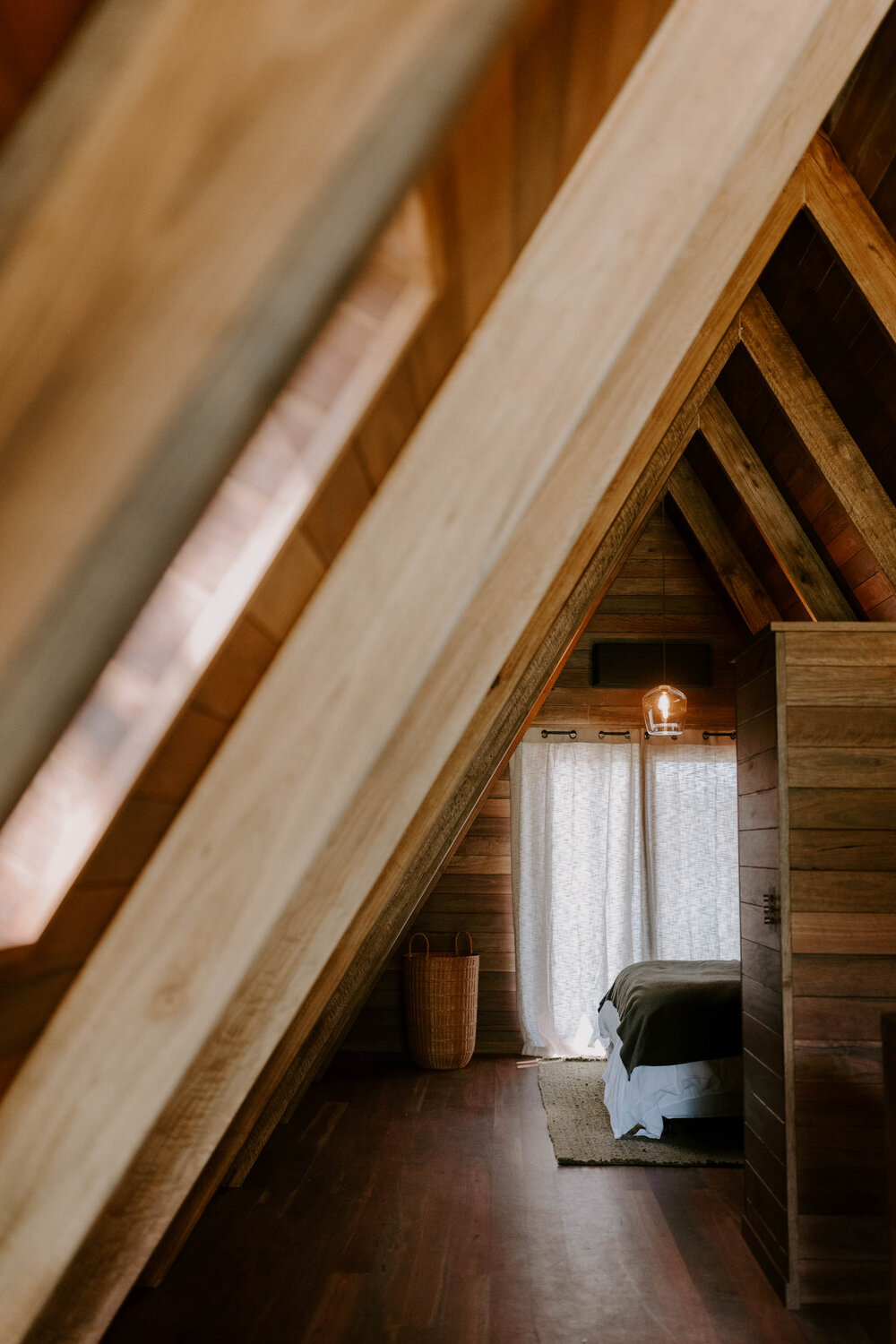
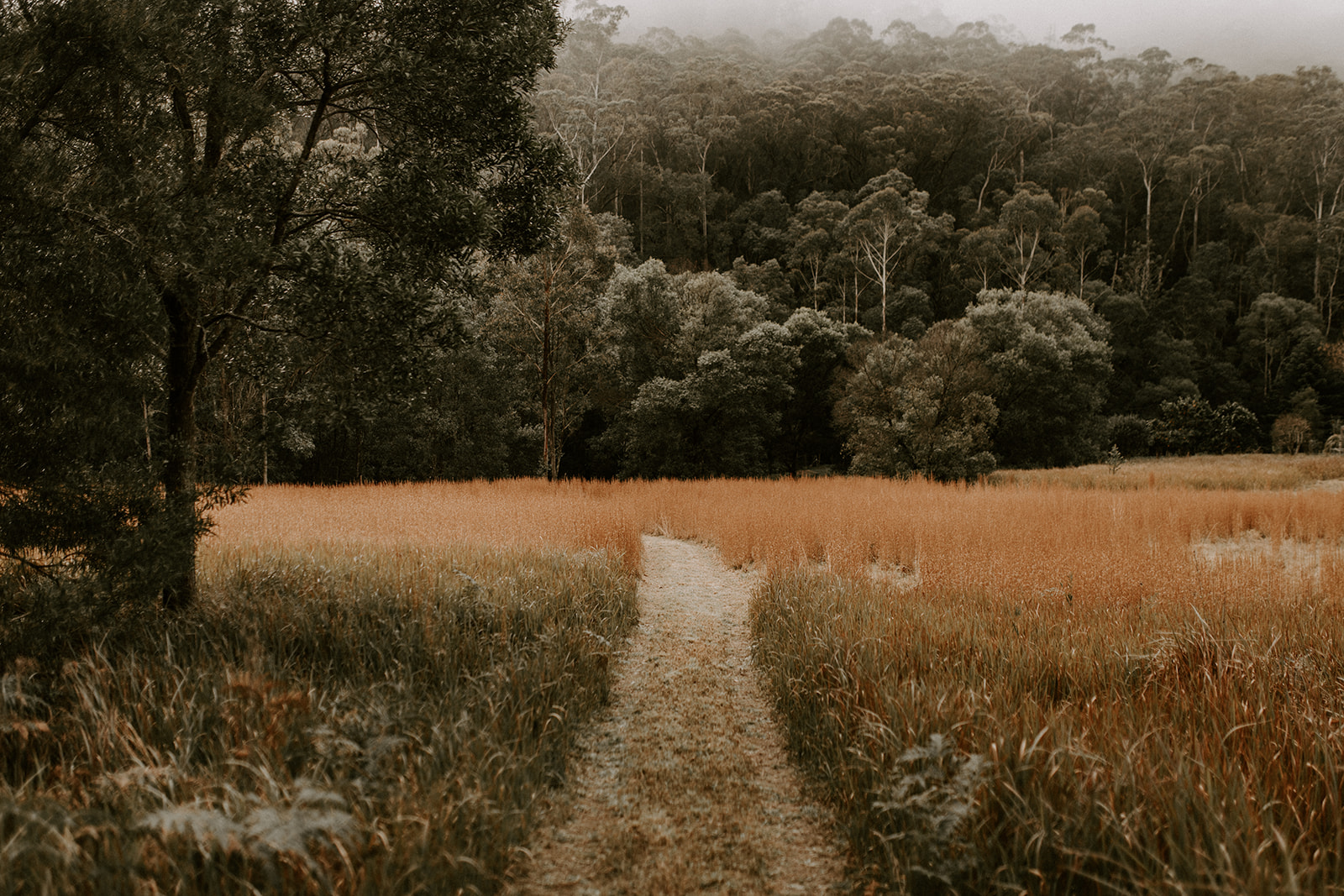

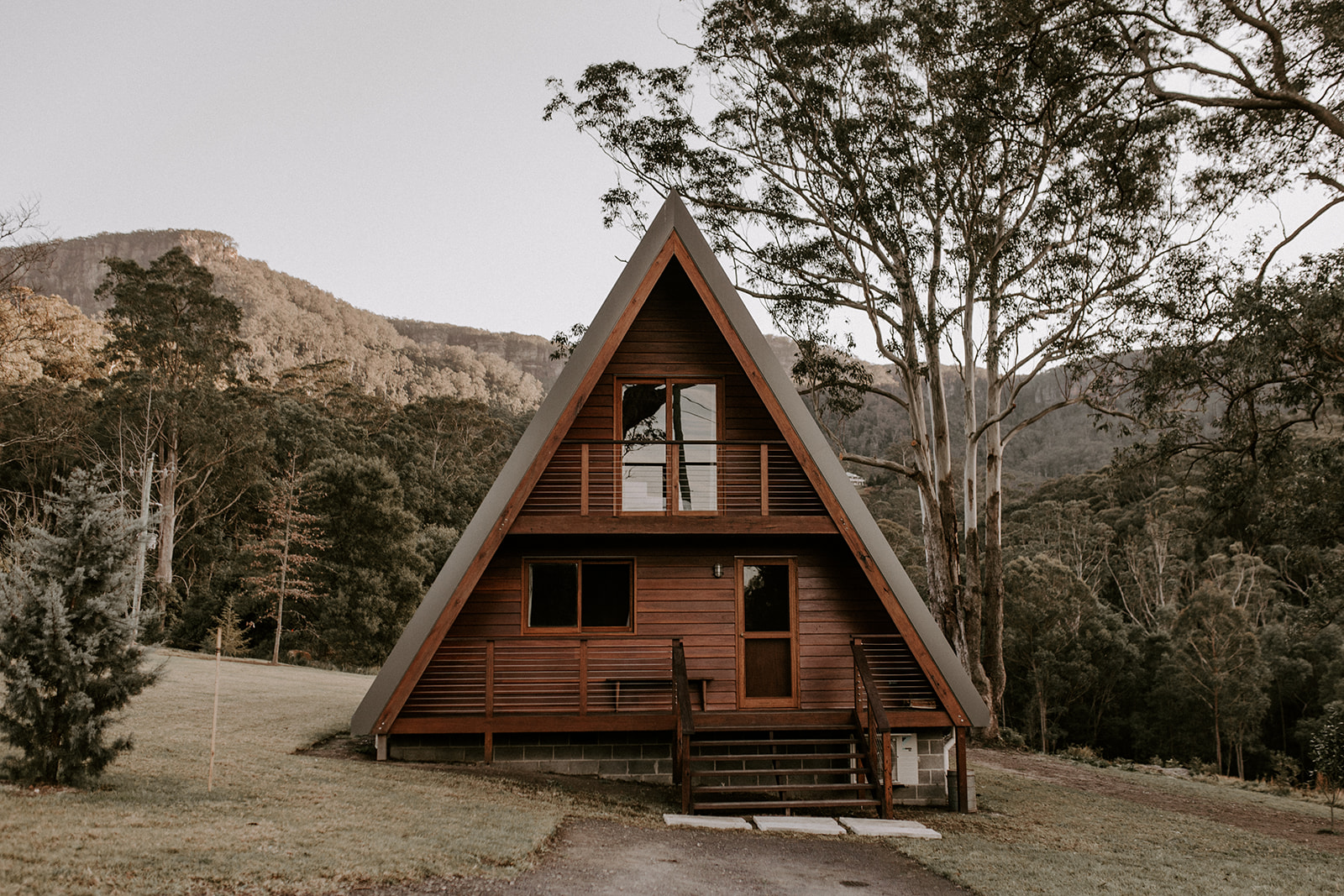
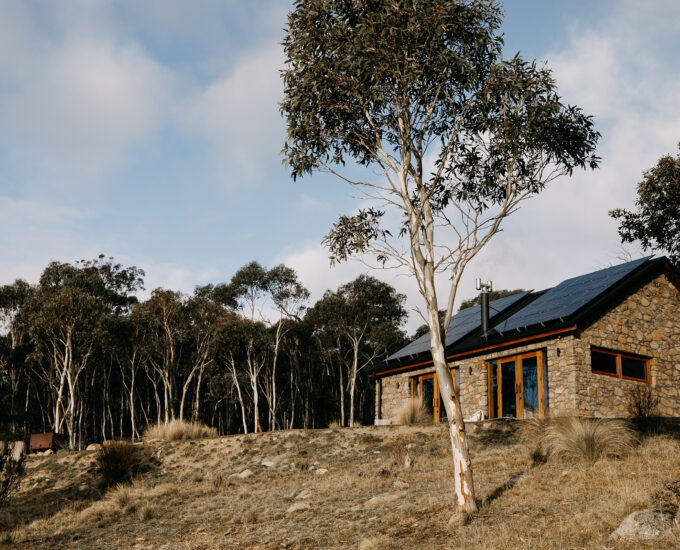



Leave a Comment